June 21, 2017
The Legacy of the Plains Museum
We had passed this museum many times. In fact, our first scenic loop started from there. On our last day in Scott’s Bluff we took the time to check it out. We learned about farming and ranching in the area, pioneer life, immigrants to the area, and Native Americans who lived there. 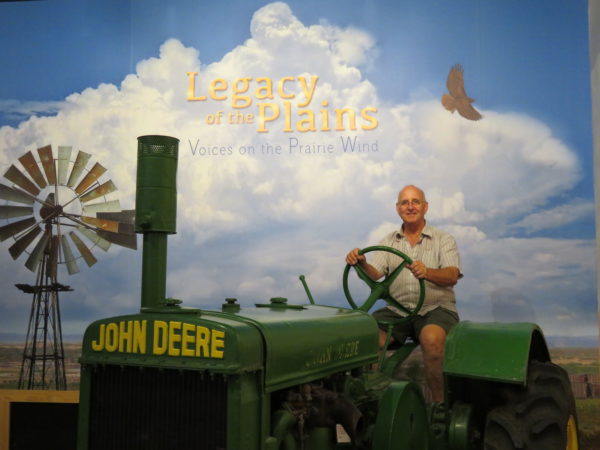
The kind and knowledgeable volunteer pictured below helped us understand life on the Oregon Trail. She talked with us about what went in the wagon and where it would have been stowed. Everybody but the driver walked. We had admired a wildflower and she knew its name: Showy milkweed.
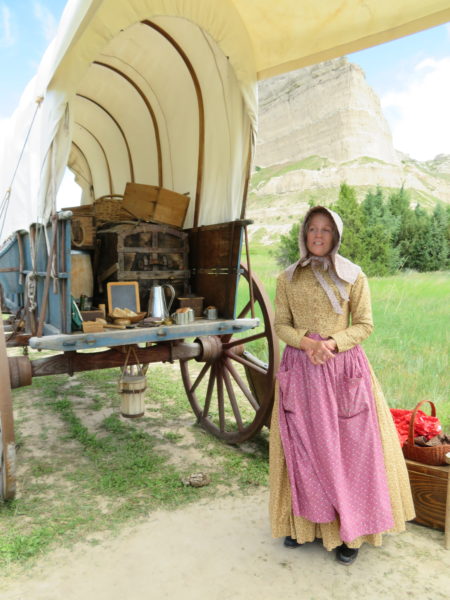
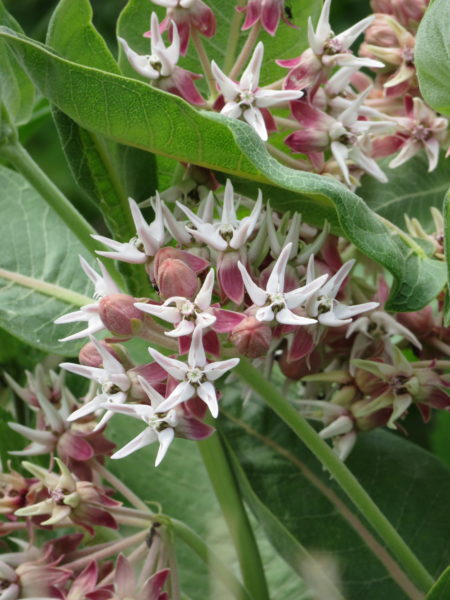 Finally, the reproduction wagon and oxen looked just right, if a little stiff, in front of Scott’s Bluff.
Finally, the reproduction wagon and oxen looked just right, if a little stiff, in front of Scott’s Bluff.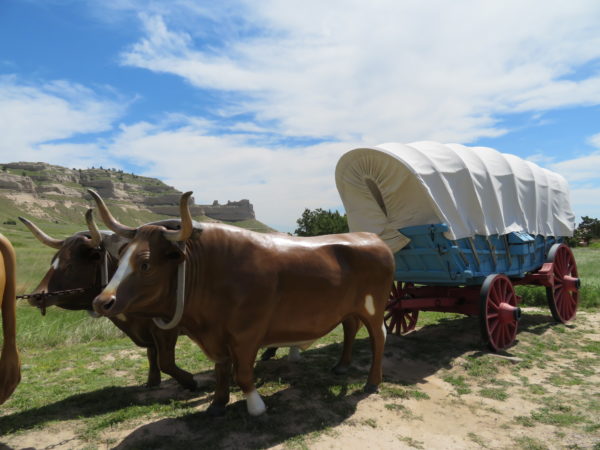
For eight years, wagon trains used Robidoux Pass to get through the Wildcat Range. [Mitchell Pass, through Scott’s Bluff, opened in 1851 and was considerably shorter.] A series of trading posts serving fur traders, Native Americans and settlers, was located here. One post, the Robidoux Trading Post, was reproduced in 1995. We read that wagon ruts and settlers’ graves are visible through the area. We’re pretty sure we saw all the unmarked graves.
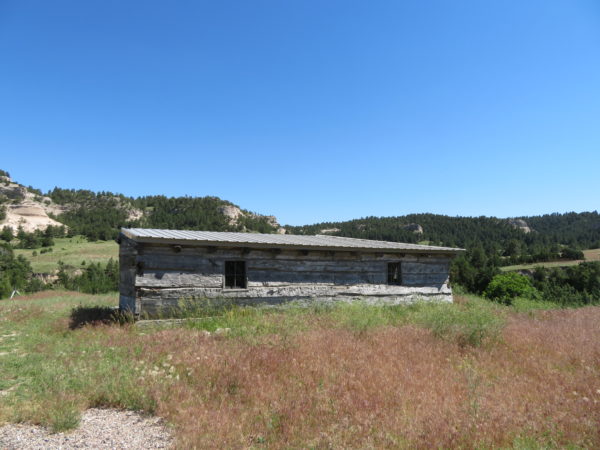
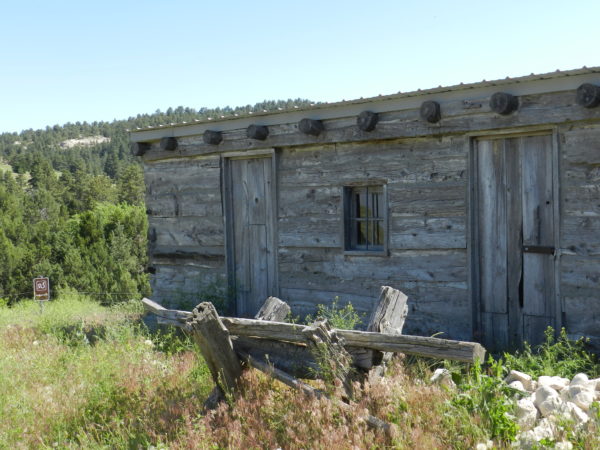
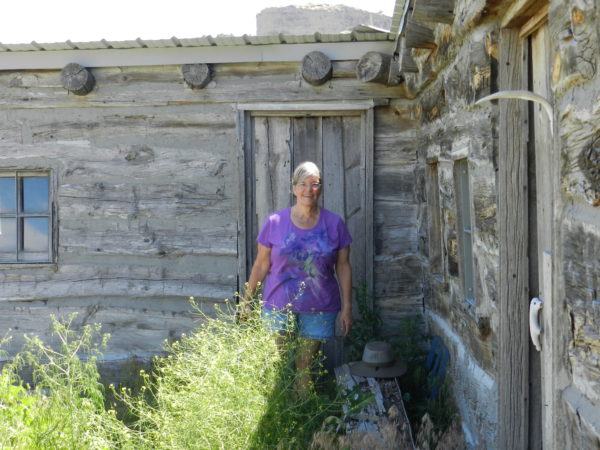
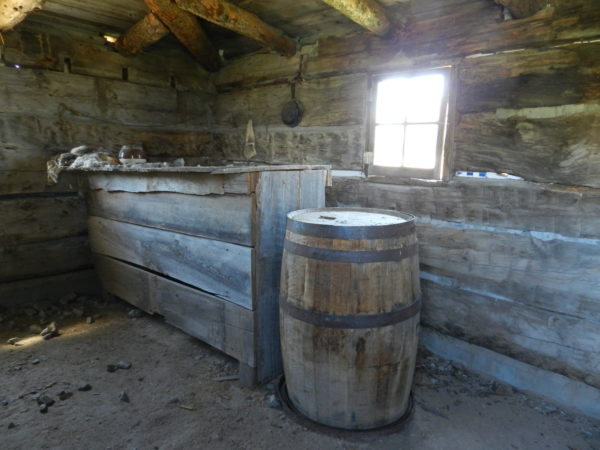
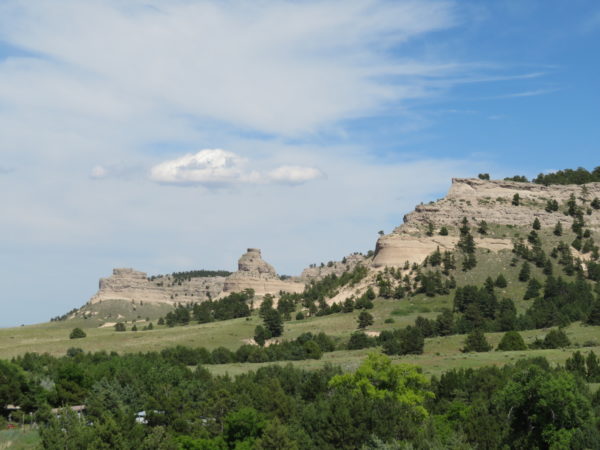
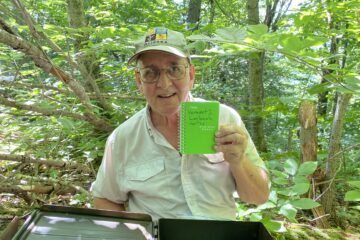
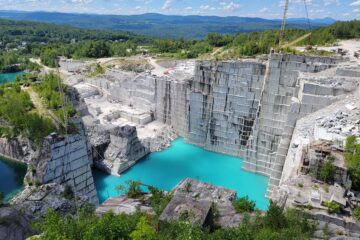

0 Comments